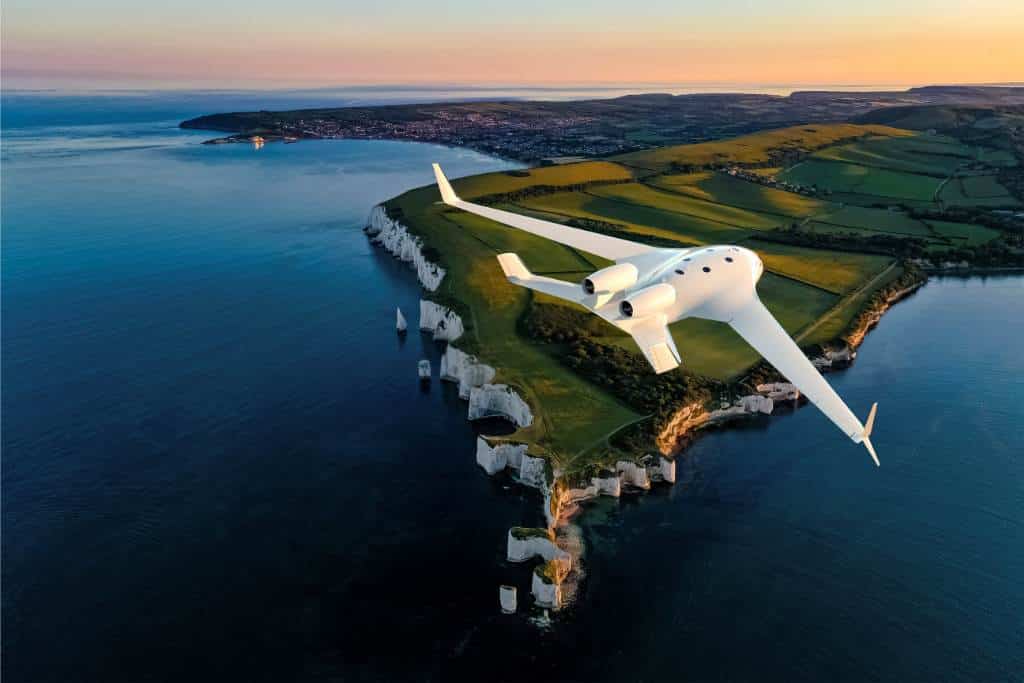The aviation industry indeed stands at a pivotal juncture, where innovation and sustainability are no longer optional but imperatives. In that context, Bombardier’s Blended Wing EcoJet is not just a testament to engineering prowess, but it is also a beacon of what the future of aviation could and should look like.
The blended wing-body design, a notable departure from traditional aircraft configurations, is particularly exciting. The promise of this design lies in its aerodynamic efficiency, which naturally leads to fuel economy—a critical factor in reducing the aviation industry’s carbon footprint. When we think of emissions reductions in the aviation sector, a 50% decrease is not just commendable; it’s revolutionary. In an age where terms like ‘sustainable development’ are often thrown around but seldom realized to their full potential, Bombardier’s initiative seems to be one that could actually walk the talk.

The Cost of Innovation: Unpacking the Financial Challenges of the EcoJet Development
Another compelling aspect of the Blended Wing EcoJet is its designed flexibility to adapt to emerging propulsion technologies. With the increasing feasibility of sustainable aviation fuel, battery-electric power, and hydrogen fuel cells, an aircraft that is “plug and play” in this regard is not just visionary but also pragmatic. This adaptability ensures that the aircraft can evolve along with advancements in sustainable technologies, rather than becoming obsolete.
However, it is essential to address the elephant in the room: cost. While the technology behind the EcoJet is nothing short of transformative, it also comes with a price tag to match. Development and production costs for such advanced aircraft are astronomical. The R&D alone for blended wing technology and other associated features could run into billions, not to mention the infrastructural changes needed at airports to accommodate a new breed of airplanes. Therefore, while the technology is ripe for revolutionizing the industry, it is not immediately accessible.
The Scalability Dilemma: Can Bombardier’s EcoJet Break Through Cost Barriers?
Even if the industry were to prioritize the development and deployment of aircraft like the EcoJet, the path to realizing this future is fraught with financial hurdles. Partnerships with governments and potential subsidies are plausible solutions to facilitate the transition, but those take time and significant policy alignment. Private funding could be another avenue, but it requires robust business cases to assure investors of a return on their sizable investments.
Despite these challenges, the Blended Wing EcoJet exemplifies the direction in which the aviation industry needs to move. Cost is undoubtedly a significant barrier, but it’s also a temporary one. With scale and ongoing advancements in technology, these costs are likely to decrease. It may not be a smooth takeoff toward a sustainable future, but it’s clear that projects like Bombardier’s Blended Wing EcoJet could very well pilot the industry there.
